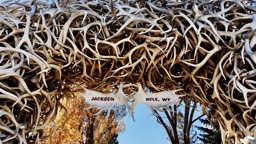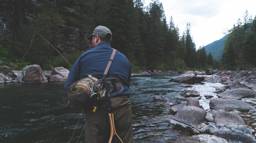
Question: During the winters, deer have eaten the fronds/needles from our cedar trees. The lower branches are completely stripped clean. Will the foliage grow back eventually? If not, do I need to trim back the branches to the tree trunks? – Gretchen Brantley, via-e-mail
Answer: Sorry, the foliage will probably not grow back on the bottoms of your cedars once these areas have been completely stripped clean. If, however, you see any green on the lower part of your trees, there is some hope. In the late fall, you may want to wrap burlap around them, making sure you get high enough up so the deer can’t reach (just make sure not to wrap it too tightly, or this will damage the cedars too).
According to the Colorado State University Extension Service, you can also purchase some polypropylene mesh netting to prevent deer from continuing to damage the trees. The invisible mesh barriers, typically 8 feet high with a high tensile strength, blend in with the surroundings. A more obtrusive, but more effective measure is to erect a 7- or 8-foot high fence. You will have better results if the fencing is far away enough from the trees so deer can’t reach any green.
If green has not returned to the lower parts of your cedars during the springtime, it likely never will. Trimming back the branches is really up to you at this point; go ahead and do so if you want the trees to look less scraggly. When trimming back the lower branches, trim as close to the tree trunk as possible without cutting into the branch collar, the thickened area where the branch joins the trunk. This ensures the tree will heal over quickly.
Another thing you can do is plant some lower-growing evergreens in front of the cedars to cover the brown and bare areas. When you do this, select varieties that deer are more likely to avoid, like junipers, globe blue spruce and mugo pine. If you want to replace any of your cedars, again, try plants that deer don’t crave as much. Spruce trees are one of the best alternatives. While deer will eat spruce, they have to be very motivated to do so. Red pine is another good choice and so is western arborvitae, which has a different taste that deer don’t seem to like. Your local cooperative extension office will also be able to help you select more varieties specific to your region and climate.










